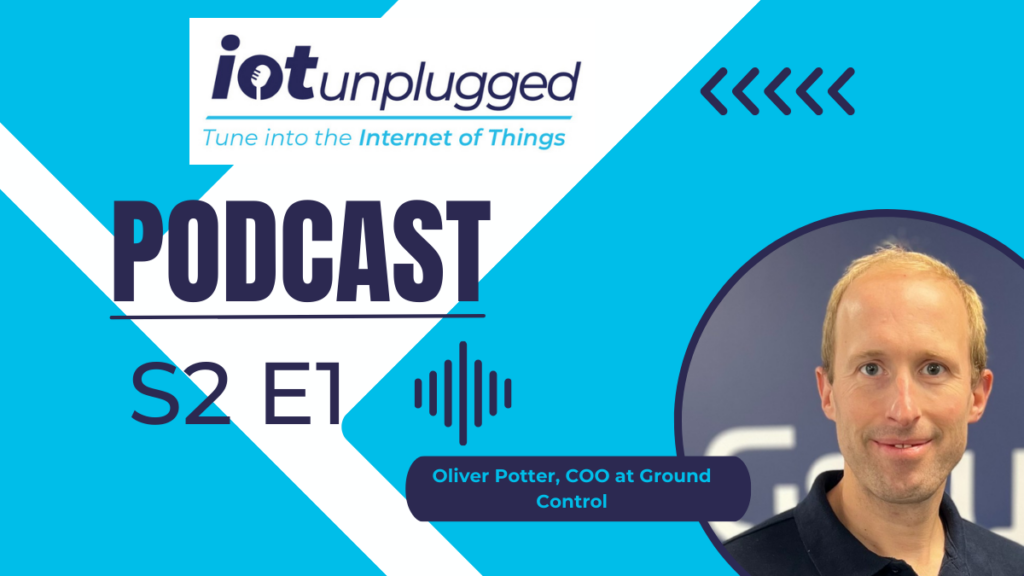IoT Insider Editor Kristian McCann speaks with Oliver Potter, COO of Ground Control, on Satellite IoT, its evolution in IoT connectivity, the challenges it still faces, and what it’s growing development means for IoT as a whole.
Satellite IoT’s ascent in the technological landscape has been both significant and transformative, spurred by advancements in satellite communication and data processing. Originating from the early days of satellite technology, its evolution has been marked by innovations in miniaturisation and cost reduction, enabling wider access and diverse applications. Today, satellite IoT extends connectivity to the most remote areas, offering unparalleled reach in sectors ranging from environmental monitoring to global logistics. This expansion revolutionises how we manage and interact with distributed assets, facilitating real-time data exchange over vast distances. However, the journey is not without challenges. Satellite IoT grapples with issues like high deployment costs, regulatory complexities, and the need for robust, secure communication channels. Furthermore, the integration of these systems with existing terrestrial networks presents technical hurdles.
Potter highlights the need for this extra layer of connectivity due to the limited scope of cellular coverage, which encompasses only 15% of the world. This limitation positions satellites as pivotal in our data-driven era, essential for gathering information from remote assets. This data is crucial across various sectors, from predicting weather patterns using oceanic data to monitoring renewable energy sources and ensuring efficient utility operations.
“The efficient operation of our utilities, getting our gas and electric to our houses, means we need to know what the renewables are doing or what’s happening in oil and gas pipelines,” explains Potter.
The conversation further explored the diverse applications of satellite IoT, emphasising its importance in logistics and climate-responsive agriculture. These use cases underscore the technology’s critical role in areas outside cellular coverage.
Discussing the advancements in satellite technology, Potter explains: “With the low Earth orbit networks, it’s cheaper to put the satellites up, and if you’ve got hundreds or thousands of satellites, you can afford to have a few spares and move them around. So companies are then started using off the shelf parts in order to make the satellites, and therefore the cost, again, has fallen.” This insight sheds light on the economic and technological shifts enabling the expansion of satellite IoT networks.
The conversation also covered regulatory challenges, the trajectory of the satellite IoT industry, and the potential future developments, including the standardisation of satellite IoT akin to cellular networks. Potter’s insights provided a comprehensive overview of the current state and exciting future of satellite IoT.
For a comprehensive understanding of Oliver Potter’s insights and the future of satellite IoT, listen to the full podcast episode available on Spotify, Apple Podcasts, and at the link below.
Satellite IoT is evolving: how and when will we see the benefit? – IoT Unplugged
If the idea of appearing on the podcast to talk about IoT inspires you, feel free to reach out to us and pitch a topic you want to talk about and help us unplug the potential of IoT and explore the limitless opportunities it presents.
